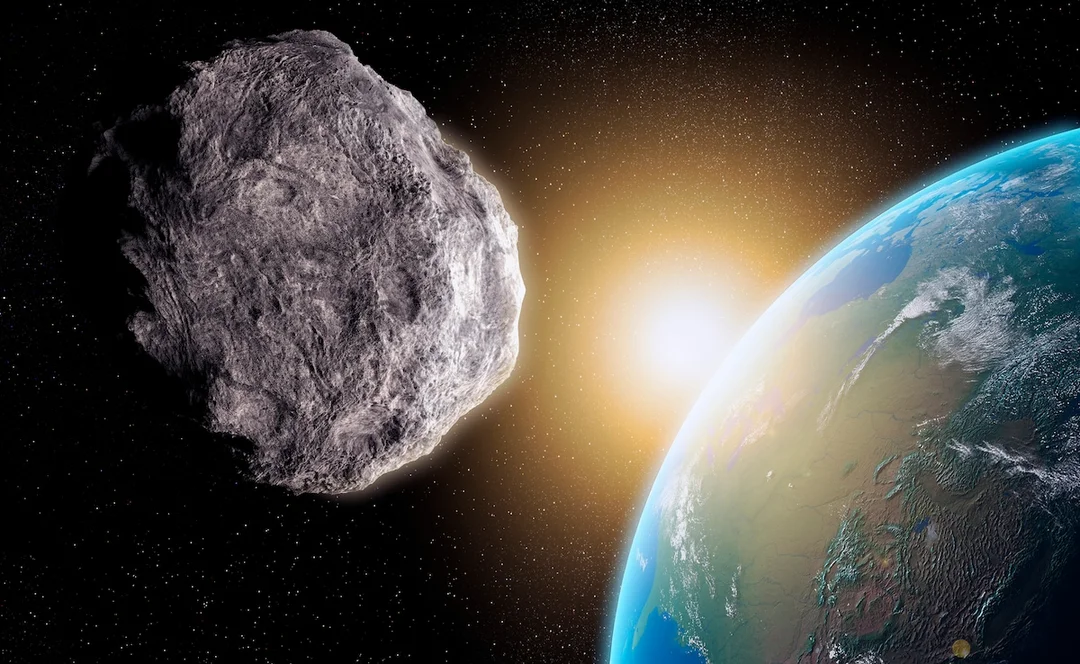
Potentially Hazardous Asteroid Approaching Earth: Should We Be Worried?
A massive asteroid, dubbed 2003 MH4, is set to make a close approach to Earth on May 24, 2025, sparking both scientific curiosity and cautious monitoring. Dubbed a Potentially Hazardous Asteroid (PHA) due to its size and proximity, 2003 MH4's flyby serves as a critical reminder of the need for ongoing planetary defense efforts. But how concerned should we be?
Measuring approximately 335 meters in diameter – about the length of three football fields – and hurtling through space at a staggering 14 kilometers per second (over 50,400 km/h), this space rock has caught the attention of NASA's Center for Near-Earth Object Studies (CNEOS) and planetary defense teams. One source even equates its potential impact energy to the force of 1,000 nuclear bombs, raising the stakes considerably.

While the asteroid will pass at a distance of 6.68 million kilometers from Earth (roughly 17 times the distance between the Earth and the Moon), this is considered a relatively close encounter in astronomical terms. According to the Times of India, this proximity, coupled with its size, qualifies 2003 MH4 as a PHA, requiring careful surveillance. PHAs are defined as asteroids larger than 150 meters that come within 7.5 million kilometers of Earth.
So, why the concern if it's not going to hit us? The key lies in the unpredictable nature of celestial movements. While current models suggest a low probability of impact, even subtle gravitational interactions with planets, or the Yarkovsky effect (where solar radiation affects an asteroid's trajectory), could alter its course. As the Times of India points out, 2003 MH4 takes 410 days to orbit the Sun, offering numerous opportunities for future close approaches.
Furthermore, 2003 MH4 belongs to the Apollo group of asteroids, known for their Earth-crossing orbits, a characteristic that increases the potential, however slim, for future collisions. NASA uses comprehensive monitoring programs, employing ground-based telescopes, space observatories, orbital modeling, and radar observation to track these objects and assess potential risks.
The ongoing monitoring of asteroids like 2003 MH4 is not just about preventing immediate disaster. It's about improving our long-term planetary defense strategy. Understanding their trajectory and behavior helps scientists plan for potential mitigation methods should a significant threat emerge in the distant future. Other asteroids, like Apophis, initially flagged as a potential threat for 2029, were later removed from the list of imminent dangers after more precise tracking.
While Asteroid 2003 MH4 poses no immediate danger, its upcoming close approach serves as a powerful reminder of our planet's vulnerability and the importance of investing in planetary defense initiatives. Improved telescopic technology, advanced orbital simulations, and ongoing research are crucial to protecting Earth from potential future impacts.
What are your thoughts on planetary defense? Share your comments below!